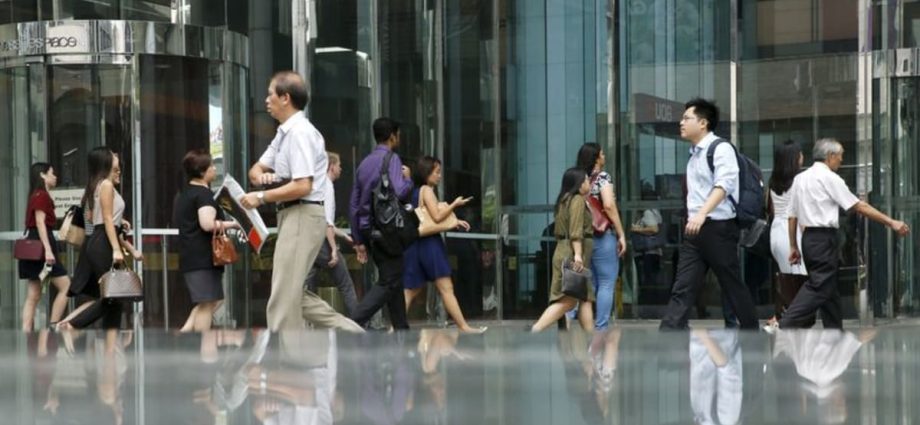
On Friday, Mr Wong announced Singapore will go ahead with plans to implement two components of Pillar Two from Jan 1, 2025. Pillar Two establishes a global floor on corporate tax for large MNE groups – with global annual revenue of at least €750 million euros (US$808 million) – with a 15 per cent minimum effective tax rate regardless of where they operate.
The first component – the Income Inclusion Rule (IIR) – means MNE groups parented in Singapore will have their overseas profits subjected to the 15 per cent minimum effective tax rate here, even if they operate overseas. The second component – the Domestic Top-up Tax (DTT) – applies to MNE groups operating in Singapore that are parented elsewhere. Instead of paying the 15 per cent minimum effective tax rate in their parent jurisdictions, they will pay any top-up tax in Singapore.
So long as the affected MNE groups stay put in Singapore, there should be additional revenue in the short term.
CUSHIONING THE IMPACT OF HIGHER CORPORATE TAX RATES
But it will be hard to project how much and how long the additional corporate income tax revenue will last. Will the affected MNEs stay in Singapore or move elsewhere they find more favourable?
Mr Wong was clear in reiterating that any additional revenues that may result from Pillar Two will be reinvested for Singapore to stay competitive in a post-BEPS world.
More importantly, while we protect our revenue base by keeping the MNE groups here, we should also aim for gradual growth of this corporate tax revenue by enticing MNE groups not currently operating in Singapore to re-locate here.

